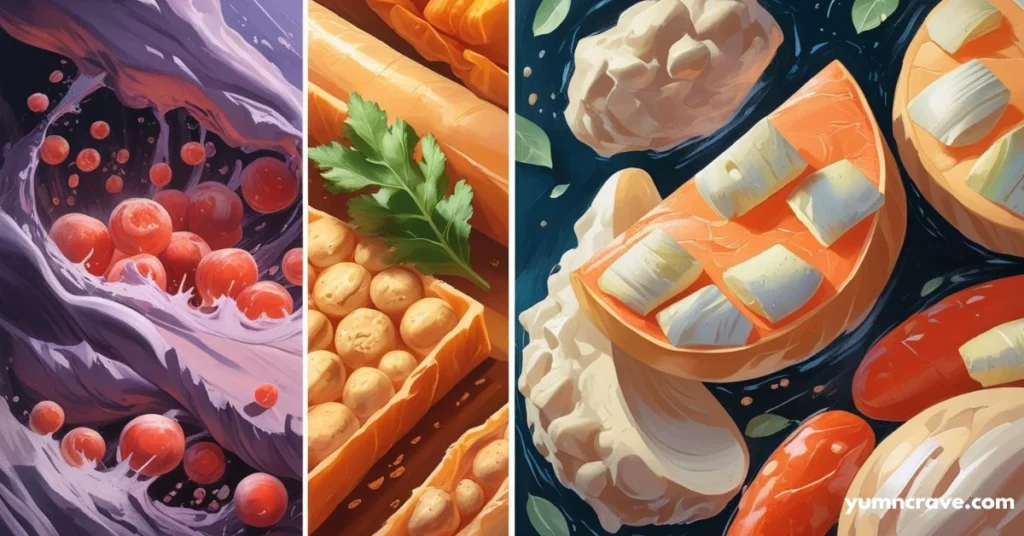Have you ever wondered why some foods taste smoother than others? Or why certain sauces are incredibly creamy while others feel chunky? It all comes down to something called “shear force,” which plays a quiet but crucial role in how food is processed. Let’s dive into this topic gently, step by step, so you can understand it easily.
What is Shear Force?
Imagine you’re stirring a thick soup in a pot. The resistance you feel when stirring is shear force. It’s like the friction or pull between layers of the soup as they move against each other. In food processing, shear force is the stress that food undergoes when it’s mixed, blended, or pumped through machines.
Why Does Shear Force Matter?
- Texture and Consistency: Shear force affects how smooth or coarse a food feels in your mouth. High shear can make things smoother, like turning chunky tomatoes into a silky pasta sauce.
- Ingredient Integrity: Some foods, like delicate creams or gels, can break apart if exposed to too much shear force. Low shear processing helps preserve their structure.
- Flavor Preservation: Certain flavors can change or degrade under high shear conditions. Low shear processing helps maintain the original taste of foods.
Examples in Everyday Foods
Let’s think about everyday examples:
- Mayonnaise: Have you noticed how smooth and creamy mayonnaise feels? Low shear processing helps achieve that perfect texture without breaking down the ingredients.
- Ice Cream: Ever wondered why some ice creams are so creamy? Low shear mixing during production keeps ice crystals small, giving ice cream its smooth texture.
How Shear Force is Controlled
Food processors use different techniques to control shear force:
- Equipment Design: Machines are designed with specific settings to adjust shear force levels based on the type of food being processed.
- Process Speed: Slower speeds reduce shear force, which is crucial for delicate foods.
- Temperature Control: Some foods process better at certain temperatures, which can affect shear force levels.
Conclusion
Understanding shear force in food processing is like learning a secret ingredient behind your favorite dishes. It’s not just about taste; it’s about texture, quality, and preserving what makes food enjoyable. Next time you enjoy a creamy sauce or smooth ice cream, you’ll know that low shear force played a part in making it just right.
Remember, the key to mastering any topic is taking it step by step, gently exploring each part until it feels natural. Shear force might sound technical, but it’s simply about how food moves and feels. Embrace this knowledge like a gentle whisper in your culinary journey.
Now that you’ve learned about shear force, take a moment to appreciate the smoothness in your next meal. Enjoy exploring more about how food is made and the little details that make a big difference. Happy eating!
FAQS
What is the shear force in food?
Shear force in food refers to the stress applied to food materials when they are subjected to cutting, blending, or mixing forces during processing.
What is the difference between low and high shear stress?
Low shear stress means gentler processing that minimally disrupts food structure, while high shear stress involves more intense force that can significantly alter food texture and quality.
What does a low shear rate mean?
A low shear rate indicates slow or gentle movement of food particles during processing, ensuring minimal mechanical stress on the product.
What is high shear and low shear?
High shear refers to intense mechanical forces applied rapidly, whereas low shear describes gentler, slower mechanical actions used in food processing to preserve texture and quality.

